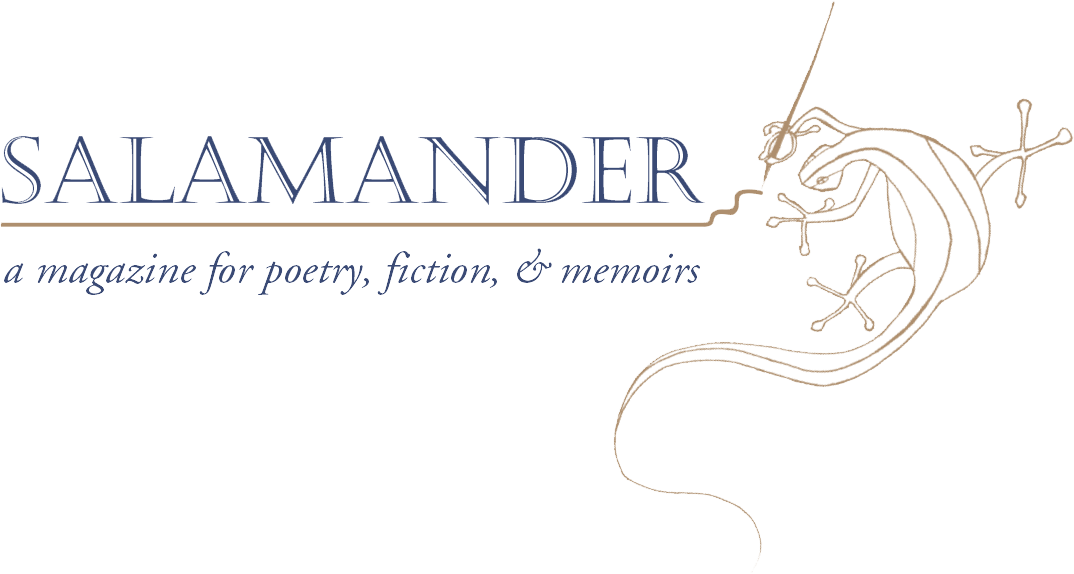In the book’s most heavily-researched chapter, “The Linen Closet,” Caldwell begins by imagining her grandmother’s first period in 1932, and then interviews women and non-binary people whose first periods occurred in each subsequent decade up to present day. They recall not only the sometimes-banal, often-quietly crushing circumstances of their periods and which hideous sanitary products they were forced to use, but the television shows, music and fashion trends, and current events that formed the backdrops to their experiences. The interviews feel like an invitation for menstruating readers to remember their own first periods. I realized how much detail I do indeed remember about mine—my mother on the bathroom floor of our family’s lake house crying while my grandmother unceremoniously fished out a giant Kotex pad. It was the year Bill Clinton played his saxophone on Arsenio Hall.
Caldwell also criticizes wellness culture (“Find me in the middle of a PMDD episode and hand me a bottle of essential oils and I promise you I will smash the bottle,” she writes), rounds up Reddit’s best comments in fun, snappy lists, confronts the internalized sexism that says she’s using her periods as an excuse to act out, and employs her cycle as a chapter structure, illustrating why, though some feminists resist PMDD as a mental illness, it is also evidence that the mind and body cannot be treated separately.
With The Red Zone joining period narratives in Hulu’s Pen15, blood clots dropping on the shower floor in Amy Schumer’s Life and Beth, and Melissa Febos’ Girlhood, which won the 2021 National Book Critics Circle award for criticism, we’re finally getting honest representations of what having ovaries and a uterus actually looks like. Similarly, Caldwell’s representation of blended families—for while The Red Zone is subtitled “a love story,” it is one about falling in love with both a man and his daughter—is also refreshing. “The first time Sadie said ‘I love you’ to me is as vivid as any time a partner did,” she says. Many of the book’s tenderest moments come between Caldwell and Sadie. At a wedding, she and Sadie witness the vows spoken from a soon-to-be stepdad to his soon-to-be stepchild, and then repeat them to one another.
At one point, Caldwell meditates on the writing of The Red Zone: “How can I possibly get the swirling unknowable ephemeral capricious rage down on the page while maintaining a linear, organized narrative? And does the book suffer because I cannot? Because I do not?” I would argue that she has, in fact, created a linear, organized narrative (one that even has a rather Victorian ending, albeit with Caldwell’s own modern spin). But The Red Zone also depicts how life, through blood or the lack of it, moves forward in cycles that begin and end and begin again.
